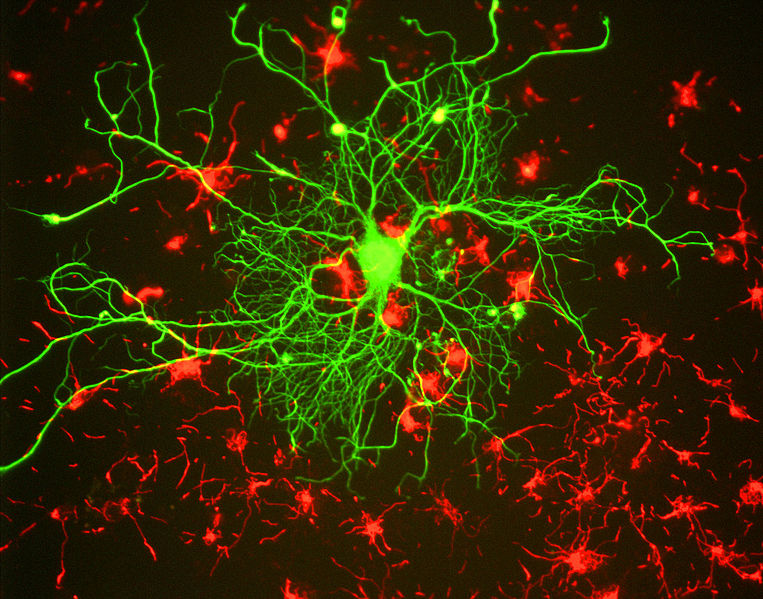
We present a very simple formalism of stochastic discrete-time integrate-and-fire neurons which has a rich mean-field phase diagram similar to Brunel’s excitatory-inhibitory (E/I) model. We find a synchronous regular (SR), asynchronous regular (AR), asynchronous irregular (AI), synchronous irregular (SI) and silent (S or absorbing state) phases. A first-order transition line terminates at a second-order critical point which pertains to the Directed Percolation universality class where neuronal avalanches occur. We propose a double homeostatic mechanism, synaptic depression and firing threshold adaptation, which turns out the critical region an attractor of this homeostasis. Due to stochastic oscillations, typical of self-organized quasi-criticality (SOqC), this system presents both power-law avalanches (in a limited range) and AI-like behavior, which is also claimed to describe the spontaneous cortical activity.
Ponente: Osame Kinouchi. NEUROMAT, Universidade de São Paulo (Brazil)
Fecha y hora: Viernes, 13 de marzo a las 12:00 horas.
Lugar: Laboratorio de Física Computacional. Planta baja del edificio de Física (junto a las pantallas). Facultad de Ciencias. Granada.
